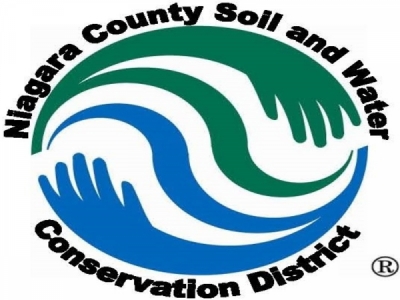
Posted on August 5, 2020
ENVIRONMENT: Public comment period on easing dredging restrictions remains open.
Scott Collins works for the Niagara County Soil and Water Conservation District as its Remedial Action Plan coordinator. He characterizes his job as making sure the correct actions are taken to restore the watershed in Niagara County.
At the moment, Collins and his team are working on removing cautionary guidelines around polluted Eighteen Mile Creek, specifically the red flag on dredging in the area beneath Burt Dam and toward Olcott Harbor. Eventually, all five guidelines promoting restrictions will be removed, should the site be judged ready.
“The restriction of fish and wildlife consumption, that’s by the Department of Health. … For the degradation of fish and wildlife population, it’s fish community metrics such as diversity, abundance and biomass (that guides when restrictions will be eased),” Collins said.
Collins said his coordination team works with the Remedial Advisory Committee, a group of local community representatives. They decide what the clean-up goals should be. His team also works with the U.S. Fish and Wildlife Service and the Army Corp of Engineers to determine the criteria for removing restricting guidelines, he said.
“Whenever we update the removal criteria we try to keep it realistic. We have some background reference data so we don’t have to reinvestigate everything about it. The bird and animal deformity, the new criteria for that one is that the levels of PCBs are comparable to functional feeding groups. Specifically, American mink are very sensitive to PCBs to where if there’s too many PCBs in their diet, they can’t reproduce, or (they) develop other deformities,” Collins said. “That’s our benchmark.”
Collins said the restriction on dredging was put in place because of high concentrations of lead and PCBs in the silt at the head of Eighteen Mile Creek.
In 2014, the Town of Newfane applied for and received a permit to do dredging. At the time, it was concluded the contaminants were not at the levels they once were.
“If the Town of Newfane had went out to dredge and found heavy metals and contaminants …. that would be something to show this impairment has not been restored … and it (would not have been) safe for them to be able to just go and dredge,” Collins said.
With dredging restrictions in place, Collins said, even when a permit is granted, there is likely “extra work” involved for the applicant in handling sediment, including directions on where to put it and how to pull it out. Extra testing might also be required.
For a 30-day period, the state Department of Environmental Concern is taking comments from the public on whether the restrictions on dredging should be lifted. Comments can be directed to eighteenmilerap@gmail.com.
Source: lockportjournal





